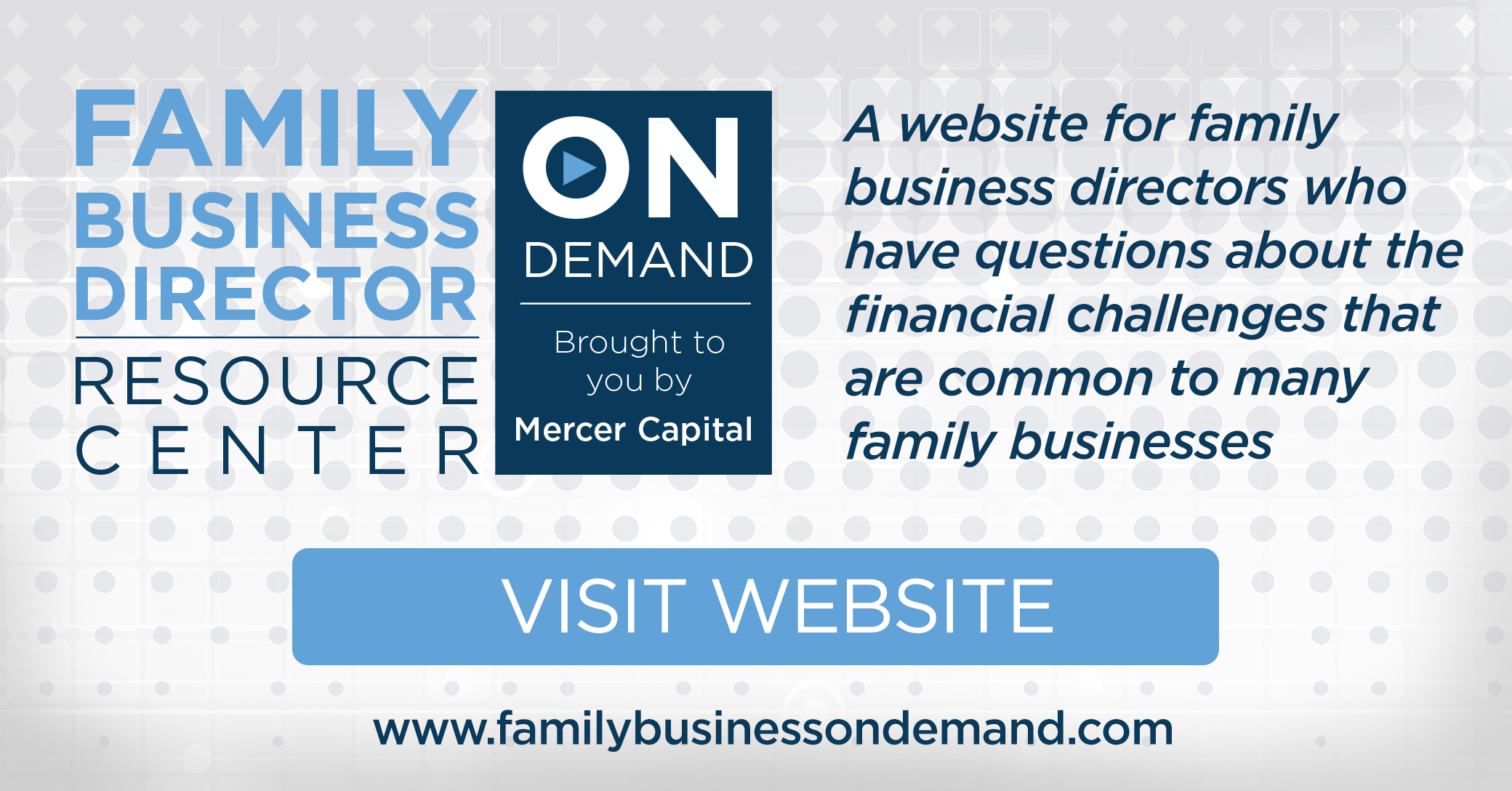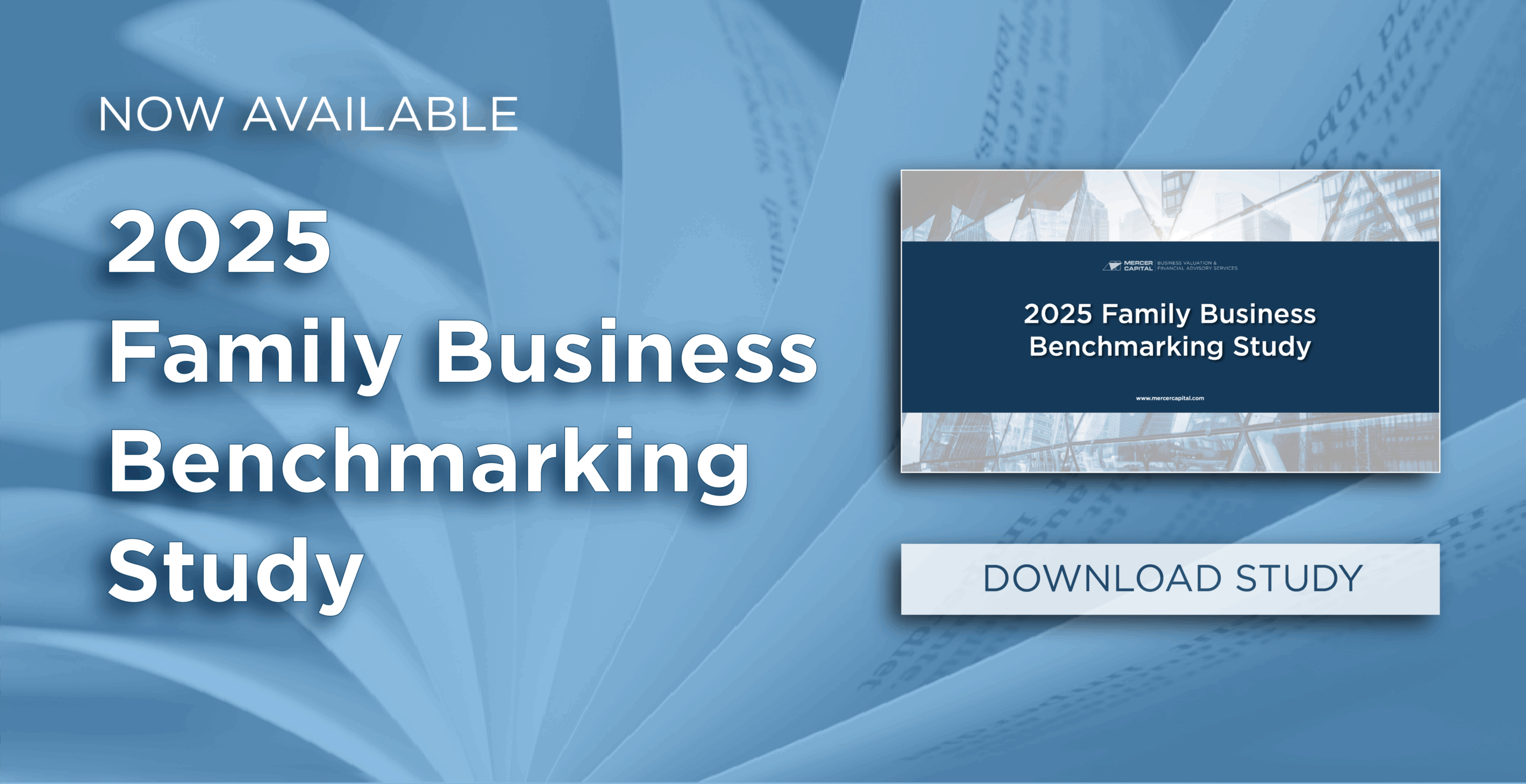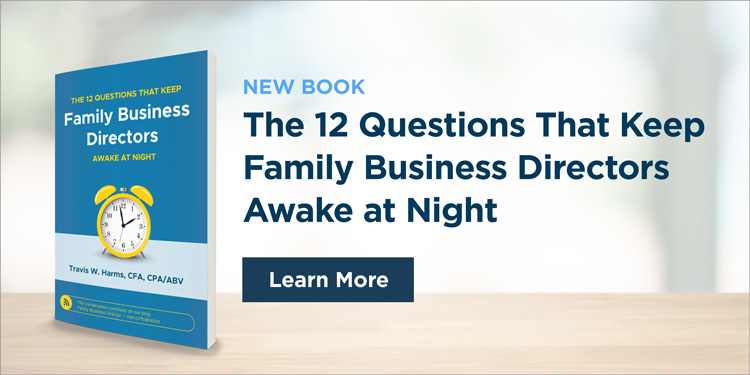The Quest for Shareholder Alignment
At their best, multi-generation family businesses foster superior outcomes for shareholders, employees, customers, suppliers, and the communities in which they operate. Those are powerful incentives for maintaining family control of businesses across generations and through decades. Yet this remains the exception rather than the rule. Why? Enterprising families that are not aligned around key issues cannot expect to last.
In addition to the challenges of competing in a global market, multi-generation family businesses must also win the internal battle for shareholder alignment. For the purposes of this post, we define shareholder alignment as a unified perspective among family owners on the most significant issues facing the business. Those issues include many that lie outside our areas of expertise, including management succession, family governance structures, and broader family values and goals. In addition to these issues, there are three principal financial questions around which shareholder alignment is essential for enterprising families.
Dividend Policy
There are only two sources of shareholder return: interim dividends and capital appreciation. In the public capital markets, investors can structure their portfolios to achieve the mix of these two components of return that best suit their needs. Family shareholders do not have the same luxury. As a result, shareholders can feel “trapped” in an investment that does not suit their needs. Feeling trapped rarely leads to good outcomes.
It is unlikely that all owners will share the same dividend preferences
In large, multi-generation family businesses, it is unlikely that all owners will share the same dividend preferences. This does not mean that shareholder alignment is impossible, but it does mean that it will take work.
Capital Reinvestment
No less than any person or animal, the health of a family business depends on maintaining an appropriate diet. To succeed, family businesses must be “fed” with appropriate capital investment to remain in peak condition and continue to serve the family for generations to come. A healthy capital “diet” for a family business will reflect both an appropriate amount of capital and how that capital is allocated among investment alternatives.
- If a family business is underfed through lack of investment, it will become sick and weak, unable to compete effectively, see its value deteriorate, and fail to be a catalyst for building the family’s wealth over time.
- Family businesses can also be overfed, resulting in indolence and laziness. “Excess” capital in a business can generate negative side effects, including deteriorating returns, margin compression, and loss of strategic focus.
- To be truly healthy, capital reinvested in the family business must be put to work in the right mix of assets. “Junk food,” such as personal use assets (aircraft, condos, etc.) or vanity projects that serve management’s empire-building aspirations will prove to be detrimental to the family business’s health over time.
In the context of capital reinvestment, shareholder alignment does not mean that every shareholder approves every investment. Rather, shareholders should align on a clear reinvestment strategy and process for selecting investments.
Capital Structure
It is unrealistic to expect a young family to defer purchasing a home until it has saved the entire purchase price. That is why mortgages exist. Investment opportunities and needs don’t wait for capital accumulation. Sometimes, the family will need to borrow money to accomplish important objectives, such as investing in new technologies or markets or providing needed liquidity to otherwise “trapped” family shareholders. “Responsible” borrowing will look different for each family and will need to consider the needs of the business, shareholders, and the family’s risk appetite.
As with dividend policy and capital reinvestment, shareholder alignment around capital structure decisions does not mean that owners are unanimous in their enthusiasm for each decision. Alignment means that shareholders know the corporate strategy around capital structure, understand the rationale (and risks and benefits) of the strategy, and have confidence that the strategy will be adhered to.
Steps Toward Shareholder Alignment
In our experience, there are four steps that enterprising families can take on the path to alignment around dividend policy, capital reinvestment, and capital structure.
1. Education
Common to each of these topics is the concept of the trade-off. In other words, dividend policy, capital reinvestment, and capital structure decisions are not subject to the sort of discursive reasoning that can arrive at a single “correct” solution to the problem. For example, dividend policy reflects the trade-off between shareholders receiving distributions now and owning a more valuable business in the future. Both are good for shareholders, but there is an inherent tension between them: emphasizing one will necessarily de-emphasize the other.
Directors and managers should prioritize educating shareholders on the nature of the trade-offs facing the family business
These trade-offs are not always intuitive for family shareholders not actively involved in the business. Therefore, directors and managers should prioritize educating shareholders on the nature of the trade-offs facing the family business and the feasible range of available options. Such education helps family shareholders understand the factors that constrain the business’s ability to meet each shareholder’s preferences. This can help lower the temperature of shareholder conversations and keep them focused and productive.
2. Listening
Once family shareholders have been educated on the trade-offs inherent in dividend policy, capital reinvestment, and capital structure decisions, it is time for directors and managers to listen to the concerns and perspectives of the shareholders. Some shareholders will readily offer their viewpoints without any prompting, while directors and managers will need to solicit the perspectives of others. Since it is rarely healthy for the loudest voices to be the only ones heard, we find that structured surveys and other strategies to hear from all the shareholders can be very instructive.
3. Communication
Listening to shareholders does not relieve family business directors of the responsibility to make decisions; rather,it reflects their judgment regarding what is best for the business and the shareholders in the long run. The burden of deciding cannot be offloaded to the shareholders. Having decided, the leaders of the business need to communicate the decision, acknowledge the breadth of shareholder sentiment on the issue, and explain — in an appropriate degree of detail — the rationale for the decision with reference to the trade-offs that were previously presented to the shareholders. Not every shareholder gets to be in every “room,” but shareholder distrust and misalignment are often rooted in major past decisions that were not explained or even relayed to the shareholders. Don’t let a failure to communicate derail your family on the quest for shareholder alignment.
4. Flexibility
When public company shareholders disagree with a decision, they can call their broker, sell their shares, collect the proceeds, and move on with no hard feelings. Since family shareholders don’t generally have that option, a somewhat fatalistic “like it or lump it” mentality can afflict both the shareholders who feel trapped and the leaders who bear the decision-making responsibility. This is not a healthy development. In our experience, forward-thinking family business leaders acknowledge that shareholders face unique circumstances and have unique needs. Rather than simply consigning such shareholders to feeling trapped, they design and implement responsible strategies for addressing shareholder preferences through periodic redemption opportunities. The form and structure of such policies will look different for each family, but developing a redemption policy is a powerful signal to family shareholders that they are not “trapped” and helps make genuine shareholder alignment a real possibility.
Final Thoughts
Shareholder alignment won’t come overnight, but it is possible. The benefits for family businesses are well worth the work involved. Give one of our senior professionals a call today to discuss education, listening, communication, and redemption strategies that fit your family business.
 Family Business Director
Family Business Director 











